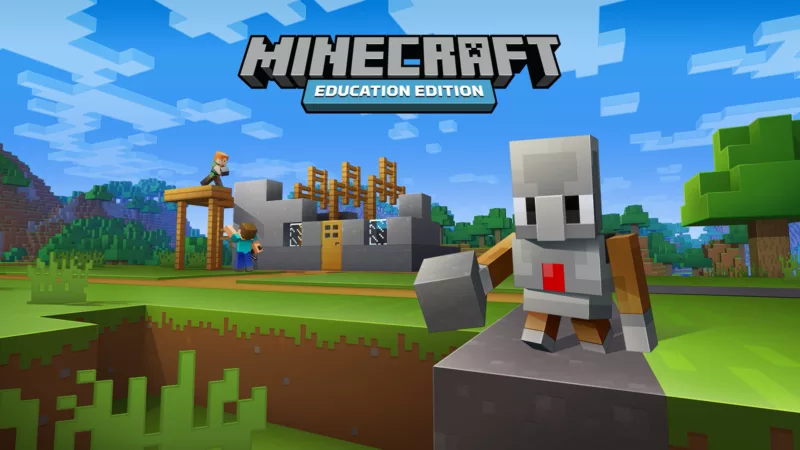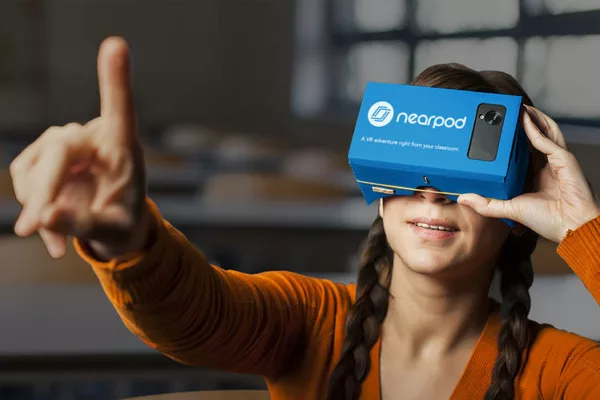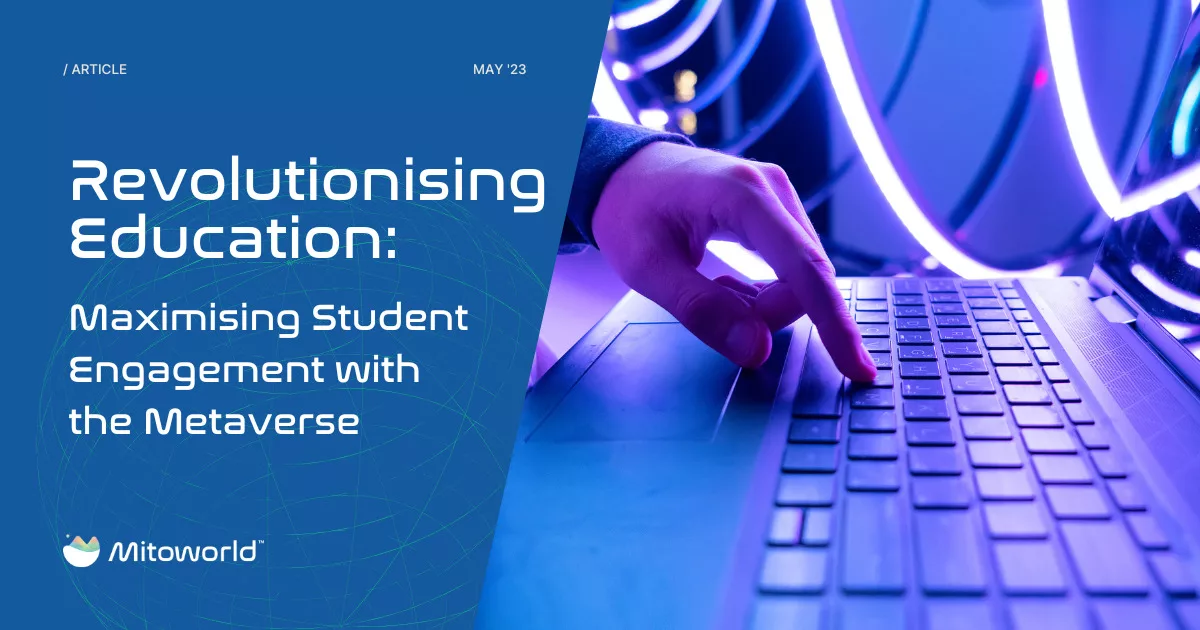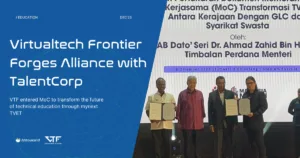Metaverse Technology & Its Potential for Education
Metaverse technology refers to a collection of virtual reality (VR), augmented reality (AR), and other immersive technologies that enable users to interact with each other in digital environments. The ultimate goal of metaverse technology is to create a seamless and immersive experience that merges physical and digital reality, providing users with new ways to connect, collaborate and explore.
By creating virtual environments that simulate the real world, metaverse technology enables interactive and engaging learning experiences where students can interact with their peers and instructors from different parts of the world. Students may also be transported to a different time period or any place around the world just by putting on VR headsets or through 3D metaverses that replicates real locations for subjects such as history and geography. This engages the students during the learning process, stimulating their brain as they can “experience” the phenomenon rather than just reading about it.
Use Cases on Metaverse Technology in Education & its Benefits
Massachusetts Institute of Technology (MIT)

MIT has utilised metaverse technology in various educational applications, including creating virtual simulations and environments to enhance learning experiences. They created virtual environments that can simulate complex scientific phenomena or historical events, allowing students to explore and learn in a way that is not possible with traditional teaching methods. One of the developments was the creation of a VR platform called “ Virtual Lab”, which allows students to do practical work such as science experiments and manufacturing in a safe and controlled environment without the need of expensive equipment or hazardous materials. With the use of Virtual Lab, the team at MIT is creating 40 online modules that will help diversify remote education and blended learning offerings.
Benefits
- Increased Opportunities for Research and Development
Education institutions can create collaborative and interdisciplinary metaverse environments, that can help foster connections between students, researchers, and experts from different fields and backgrounds which can widen the range of research tools and resources, including digital libraries, data visualisation tools, and interactive simulations. This can bring about new avenues for funding and broadened research networks, ultimately strengthening the institution’s ability to conduct research and development.
- Expanding Teaching Opportunities
Metaverse environments provide opportunities for remote teaching and learning, enabling teachers to reach and engage students who are tuning in online. The remote interactive environment provide opportunities for cross-cultural and cross-disciplinary collaborations, allowing teachers to not only connect with other educators and professionals from around the world to share resources but also share experiences such as cultural exchange and research via immersive technology.
Minecraft Education Edition

Minecraft Education Edition is an educational platform that utilises metaverse technology to generate an interactive and immersive learning environment for students. According to Microsoft, as of 2020, more than 35 million educators and students from 115 countries are licensed to use Minecraft Education Edition with Dublin City University being one of the only teacher colleges using Minecraft to train future educators. It offers a virtual world where students can explore, build and learn in, and allowing teachers to also personalise lesson and activities to better their students’ individual requirements. Minecraft Education Edition has been used to teach a variety of subjects such as history, geography, mathematics and coding,
Benefits
- Increased Engagement and Motivation in Students
Unlike traditional classroom environments, metaverse environments allows students to explore, collaborate and engage with education materials in a more entertaining way. This can help foster a sense of curiosity and excitement in students, making the learning process more enjoyable and fulfilling.
- Greater Flexibility and Adaptability in Delivering Learning Experiences for Teachers
Metaverse technology can help create interactive and multimedia-rich lesson plans. The immersive and interactive nature of metaverse environments can provide teachers with real-time feedback on student progress and engagement, which can help them to adjust teaching strategies and improve the learning syllabus.
Nearpod VR

Nearpod VR is a platform that uses metaverse technology to provide virtual reality experiences for students. It allows teachers to create virtual environments where students can explore different places in a controlled and safe setting. As of 2020, reported by Nearpod, there are 20 million lessons created by teachers and students interacting with the platform 1.5 billion times across all lessons. Nearpod VR’s content library includes 360-degree videos and images, simulations, and interactive activities that are aligned with educational standards and learning objectives. Lessons can be easily customised by teachers thus allowing them to evaluate their students’ comprehension on the subject and retention rates.
Benefits
- Enhanced Learning Experience for Students
The creation of immersive and interactive virtual environments enable students to engage with and explore complex concepts in a more interactive and stimulating way. This creates a dynamic learning experience that can help students to better understand and retain information, making it an effective tool for enhancing learning outcomes.
- Enhanced Competitiveness and Reputation for Educational Institutions
By incorporating metaverse technology into their curriculum, it creates the ability to offer customised and adaptable learning experiences that cater to the distinctive needs and desires of individual students, which in turn, improves the reputation of the institution by providing a student-focused educational experience.
Conclusion
In conclusion, metaverse technology has the potential to revolutionise education by providing immersive and interactive learning experiences for students, as well as new opportunities for research and development for educational institutions. From creating virtual simulations and environments to enhance STEM education and scientific research, to providing flexible and personalised learning experiences that meet the unique needs of individual students, metaverse technology offers a range of benefits for the future of education.
As this technology continues to evolve, it will be exciting to see how it is further integrated into educational practices and how it will shape the future of learning!
Do we peak your interest? Feel free to reach out to our team at jun@virtualtechfrontier.com to find out how we can collaborate!
Written by Gabriella
Follow our socials today to keep up with Mitoworld updates!




